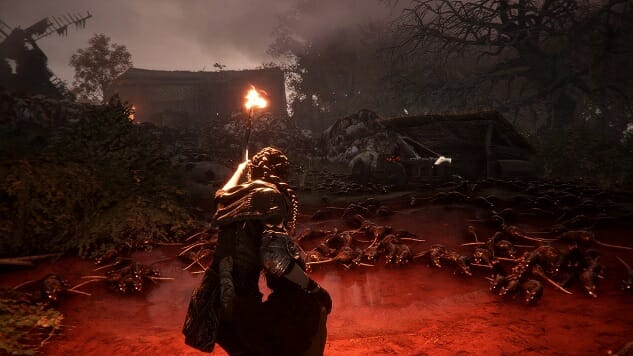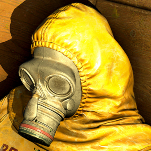A Plague Tale: Innocence Is an Understated, Atmospheric Triumph

In a month Paste will be filled with lists about the best of 2019 so far—the best records, the best movies, the best TV shows, and the like. We don’t know what will top the games list just yet, but A Plague Tale: Innocence has as good a claim to the title as anything else released so far this year.
Our considerable love for A Plague Tale boils down to two things: atmosphere and character. Between the unique and vividly realized setting, and the understated, believable writing and voice-acting, A Plague Tale stands apart in the realm of cinematic action games. There are no glib action movie one-liners and serial shooting sprees, like in the Uncharted games, or the performative grief of The Last of Us, or the dour, aloof angst of the genocidal supergod Kratos from the recent God of War. A Plague Tale feels like a story about real people, in what starts off as a real situation, before quickly escalating into an effectively grisly supernatural horror story.
A brief overview of that story: Amicia de Rune, in her early teens and living through the early years of the Hundred Years’ War, is the daughter of a powerful French lord. Her younger brother, Hugo, who seems to be about four or five years old, has long suffered from a mysterious illness that has kept him isolated from the rest of the estate. Their mother has worked hard to cure him, with no success. One day a group of soldiers from the Inquisition storm their house, accusing the de Runes of heresy, and murdering everybody in sight. Only Amicia and Hugo seem to escape, and very quickly realize they have to avoid not just the Inquisition, which seems to have a personal vendetta against them, but also the English soldiers invading France and the swarms of rats spreading the Black Death throughout Europe.

Those rats are where the game crosses over from the real world into fantasy. A Plague Tale makes the de Runes confront veritable seas of rats, bursting out of every corner of the screen, and eventually showing weirdly supernatural abilities of their own. Amicia and Hugo don’t kill the vermin, but merely try to escape, using torches, braziers and other light sources to drive the rats away. Navigating the rats and the soldiers who kill on sight is the bulk of the action, with Amicia in charge and Hugo (and, eventually, other friends) joining along. These allies both help Amicia and also need to be protected; it never really feels like a traditional escort mission, though, and thus avoids the frustrations that make so many hate them.
When it comes to human enemies, there’s usually flexibility in how Amicia deals with them. She has a slingshot that can be used to knock them hard on the noggin or to kill their light source so rats devour them, but it can feel like the game is judging the player when Amicia kills her way out of a jam. Amicia, who’s essentially still a child who was raised in wealth and privilege, is not used to murder, or living in a world where death comes so easy. A Plague Tale accentuates the emotional turmoil she suffers when she inevitably has to kill, and it genuinely feels like a failure when Amicia is finally resigned to murdering her enemies, even when it’s not just the easiest way through the game but the only way.
-

-

-

-

-

-

-

-

-

-

-

-

-

-

-

-

-

-

-

-

-

-

-

-

-

-

-

-

-

-

-

-

-

-

-

-

-

-

-

-








































